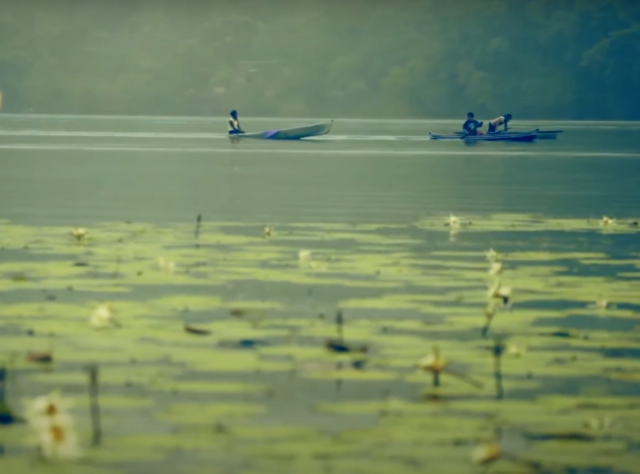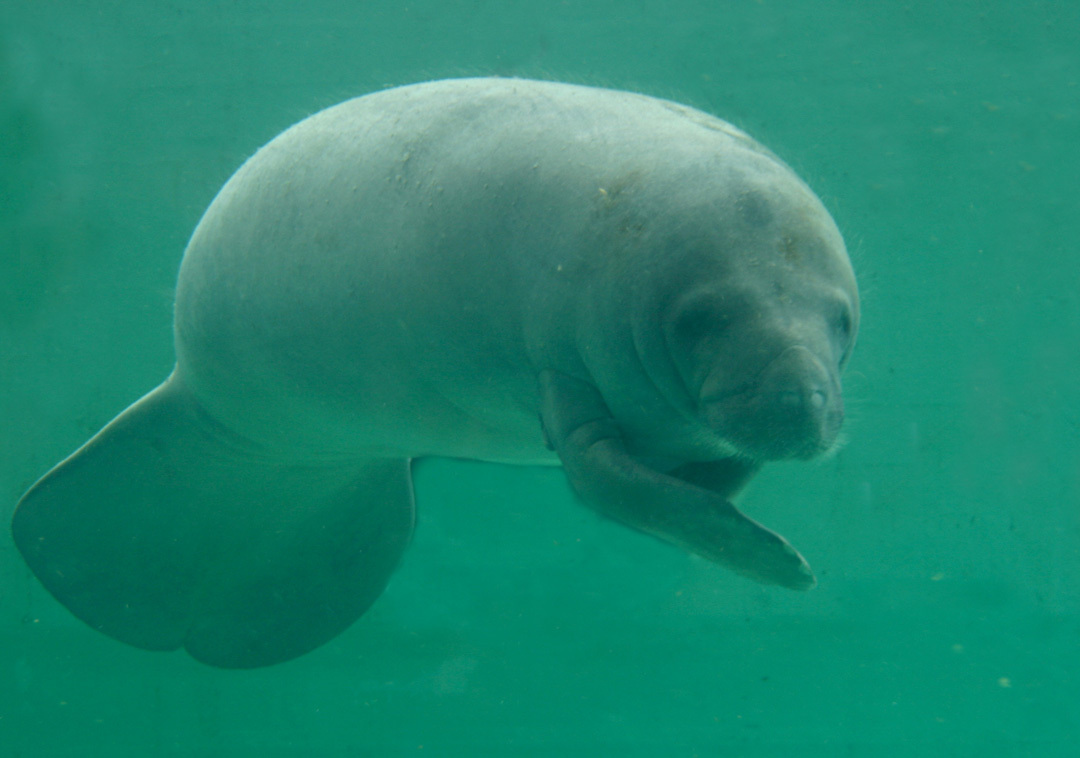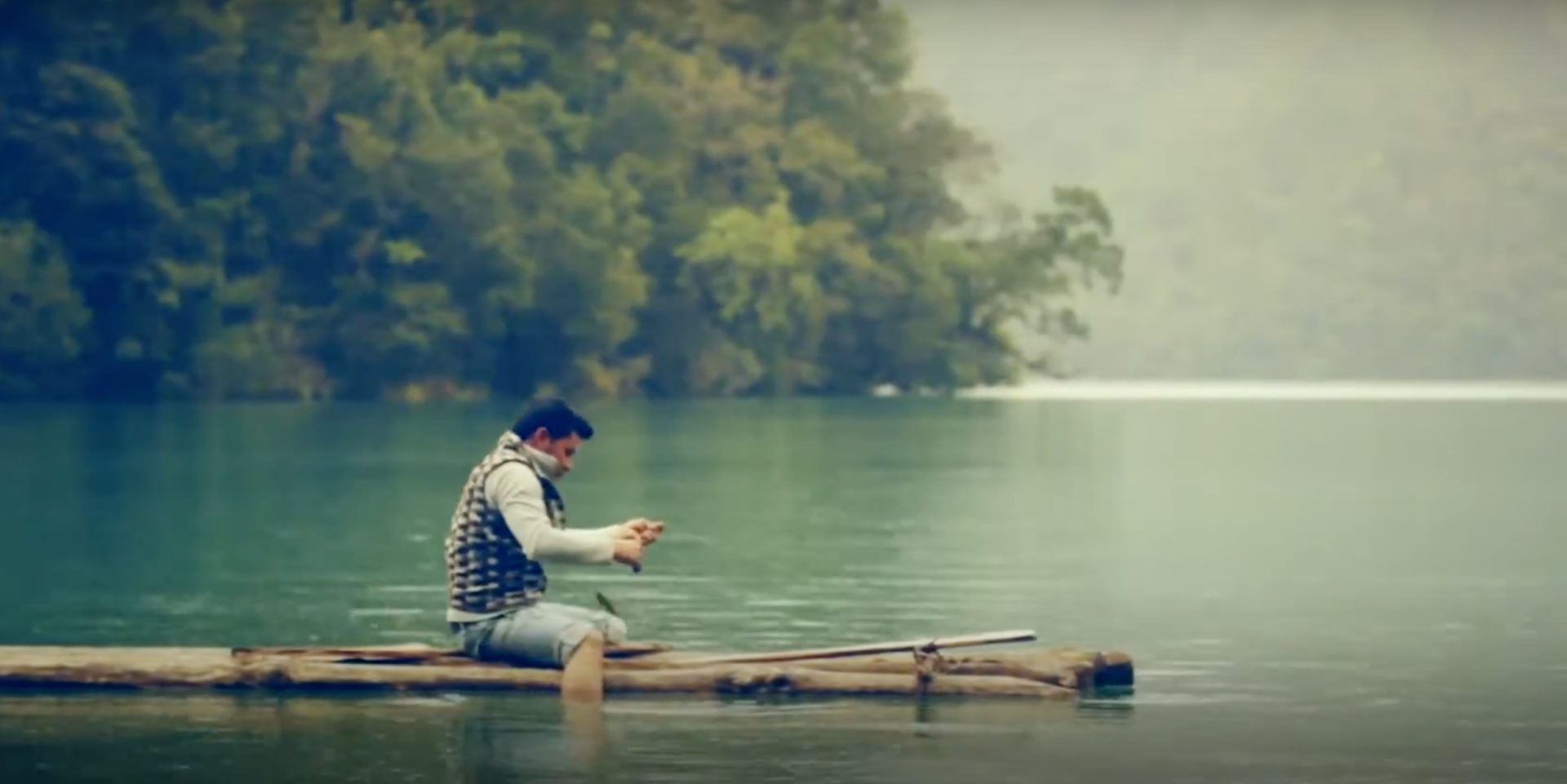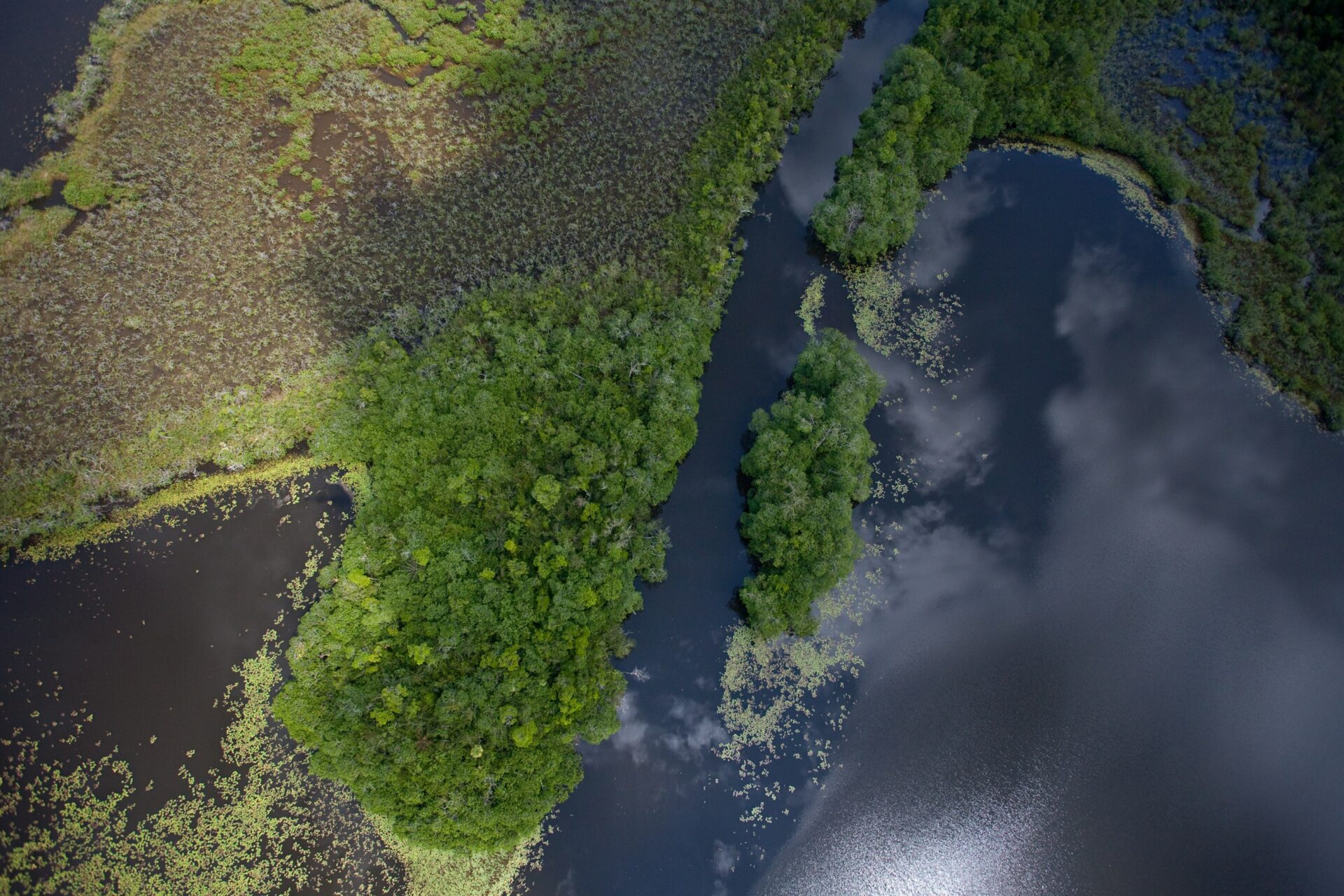
On #WorldWetlandsDay we are showcasing Guatemala’s stunning Laguna Grande nature reserve, an ecosystem that provides untold benefits for conservation, communities and the climate. Credit: Puro Coffee.
Why are wetlands described as ‘nature’s kidneys’ and why does it matter to save them? For #WorldWetlandsDay we would like to celebrate the Laguna Grande reserve of World Land Trust (WLT) partner FUNDAECO – a place that encapsulates why wetlands are key for a healthy, living planet.
Germanico Barrios, FUNDAECO’s Nature Reserves Coordinator, is passionate about the need to preserve Laguna Grande – and watching WLT’s new video below, it is easy to see why.
Formally known as the Laguna Grande Sarstún reserve, this is a place WLT supporters have helped FUNDAECO to safeguard for over a decade; an extraordinary ecosystem that is considered to be the single largest remnant of lowland and inundated tropical rainforest in Caribbean Guatemala.
Watch our new video about Laguna Grande, a tropical haven that acts as home for vulnerable species, source of livelihood for local people and natural barrier against hurricanes
Bordering Belize, the wetlands of this nature reserve connect a unique system of lagoons, mangroves, forests, mountains and reefs. Its long-running protection by FUNDAECO has delivered priceless benefits in three areas – three reasons why this is a place the world cannot afford to lose.
Conservation: Wetlands’ “ridge to reef” role in connecting ecosystems
For a great deal of endangered wildlife, Laguna Grande’s importance is hard to overstate.
Reversing the population declines of iconic species was the driving force behind FUNDAECO’s official establishment of the reserve in 2009. The habitat is home to the Endangered Baird’s Tapir and Near-Threatened Neotropical Otter. It serves as a crucial stopover for more than 100 migratory birds who flock here during the northern hemisphere winter – and hosts fish nurseries found by FUNDAECO to be key for the life cycle of many fish species.
There is an animal resident for which Laguna Grande has proven particularly game-changing. According to Germanico, the reserve has been identified as one of the most important sites for the conservation of West Indian Manatee at the regional level and the benefits are showing: population levels remain healthy, a piece of good news for a species with low reproduction rates and classified as Vulnerable on IUCN’s Red List.

The “very healthy” populations of West Indian Manatee at Laguna Grande are a lifeline for a species classified as Vulnerable on IUCN’s Red List. Credit: Germanico Barrios.
To appreciate what losing such vital ecosystem would entail for biodiversity, Germanico points at the “ridge to reef” role of wetlands.
Their contribution can only be understood when considering their dual position – from land to sea and from sea to land – he says, adding: “Once [human pressure] intervenes, you break the connectivity between everything: from the wetlands to the peak of the mountain to the tropical forest to the small lagoons with the sea grass and the reef. You break the link and that is really the problem.”
Communities: A better future for Indigenous peoples
In addition to its role with species conservation, Laguna Grande is a lifeline for local people, providing families with food, livelihood and transportation.
The region’s Indigenous communities, the Maya Q’eqchí’, represent around 50 percent of Izabal Department´s total population – and supporting them lies at the heart of FUNDAECO’s mission.

The wetlands of Laguna Grande represent a crucial source of food and livelihood for local communities, as well as acting as a core transport link. Credit: Puro Coffee
In 2005, our partner joined forces with the local Indigenous association “Amantes de la Tierra” (Lovers of the Earth). Under the umbrella of such a conservation alliance, activities and programmes have been rolled out for years to unlock sustainable livelihoods for up to 16 communities. With FUNDAECO’s assistance, two women’s clinics have been established to provide general health and family planning services.
According to Germanico, Laguna Grande plays a vital part for these communities. “The wetlands support their livelihoods – they eat there, they sustainably source construction material from there under a permit system. It is important for transportation too – a lot of communities live by the flooded forest and they use it to take out their boat and move around,” explains Germanico.
Climate: Wetlands as natural filter, flood barrier and carbon sink
Laguna Grande’s contribution is not restricted to conservation and communities, though – it extends to the global climate all life on Earth relies upon.
The reserve is part of WLT’s Carbon Balanced portfolio, through a partnership between FUNDAECO and Althelia Climate Fund. Known as ‘Caribbean Guatemala: The Conservation Coast’, this REDD+ project protects some 316,000 acres (127,880 hectares) of tropical rainforest and wetlands, storing major volumes of carbon that would be released if deforestation was allowed to take place.
And yet the benefits are local as well as global. Wetlands like Laguna Grande act as a crucial water filter, purifying rainfall before its gradual release into streams and rivers; the process brings nutrients to the plant species taking root all around the lagoon and mangroves. “The wetlands clean everything, they take out the agrochemicals that are used for pasture – they are nature’s kidneys,” Germanico says.

An aerial view of FUNDAECO’s Laguna Grande reserve, which individuals and businesses can support by offsetting their emissions through WLT’s Carbon Balanced programme. Credit: Robin Moore.
And it doesn’t stop there. As Germanico adds, Laguna Grande acts as buffer against weather hazards: these wetlands’ position along a large coastal bay helps mitigate against strong winds, floods and even hurricanes. The extra defence is vital for Guatemala, a country classified as one of the world’s most climate-vulnerable by the authors of the Global Climate Risk Index.
“The first to go”: Saving Laguna Grande from human pressures
Despite their major contribution to a safer, healthier planet, wetlands face relentless pressure from human activities.
“Wetlands are the first to go,” Germanico says. “They’re under huge pressure from all sides: construction projects, private tourism, logging and draining for pastures… the list goes on.” Given that almost all of Caribbean Guatemala’s tropical forests and wetlands have already disappeared as these activities took hold, Laguna Grande is an exception – an exception worth protecting.

